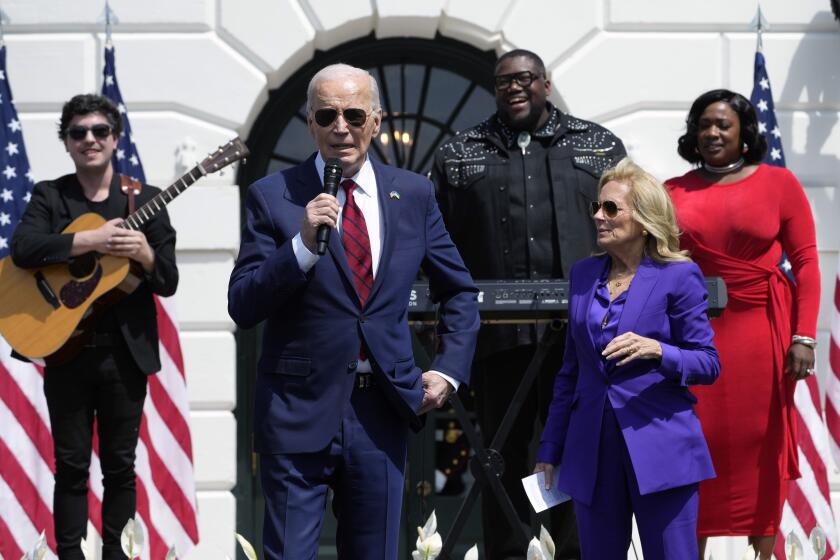Librarians on the hunt for items from our times
Quite apart from the books and dust accumulating on the bookshelves, a group of self-sacrificing employees of the US Library of Congress are devoting their time to attending demonstrations with a unique task: finding posters and signs that, in the future, will serve as a testament to this era.
“It’s a leap of faith,” Katherine Blood, a curator with LC’s Fine Prints department, told EFE, adding that the collection includes more than 39 million books, 72 million manuscripts, 5.6 million maps and, of course, thousands of posters and signs.
The institution is proud of being the most complete collection of knowledge and human creativity, and so it should surprise nobody that one of its missions would be to gather items and works that serve to provide an understanding of any given historic period.
What is surprising is how some of these objects came to become collected at LC.
“We buy some, others are gifts ... and a few we recover from dumpsters. That’s what we call ‘dumpster diving,’” said Blood, smiling broadly and with a mischievous look in her eyes.
So, to carry out their mission, these unique librarians don’t shrink from going out in the streets and joining the demonstrations that, with a certain frequency, take place in this city, whether they are to defend women’s rights or to show respect - or not - for President Donald Trump.
“Once I was rummaging around in a wastebin near a metro entrance when a colleague appeared, coming down the stairs, and on seeing me said ‘Katherine, what on earth are you doing!?” Blood said, laughing, before contining proudly, “I collected six clean posters.”
Such is their dedication and the care that they put into their work that, over time, many colleagues, friends and relatives have joined their cause.
To make it easy for people to contribute items, Blood and her colleague - curator Martha Kennedy - have set up a big box where people can deposit things, including information about where and when they collected them.
Kennedy said that it’s a resource that is heavily used by “the youngest colleagues,” but it’s not the only way in which a Good Samaritan can participate in this peculiar collecting task.
“We hardly had anything on Brexit,” said Kennedy, “and so one time my husband was at a conference in London, which coincided with a big anti-Brexit march, and I asked him if he saw a sign, to please bring it home. And he did. It’s a little crushed, but at least we have one!”
The condition of an item, as can be imagined, is an important factor to take into account before a piece is accepted by LC, which each day received some 15,000 items for inclusion on its shelves. But that is not the only factor.
“We have to try and anticipate what the interest (of an item) for researchers might be. What will they want to see, what will they want to explore. Specifically, what historical value will it have,” said Kennedy.
The collection has pieces that have already become symbols - like a Black Lives Matter poster and authentic works of art, such as social posters created by Shepard Fairey, famous for his three-tone portrait of former President Barack Obama.
Some of these works, in fact, are included in the “Art in Action” exhibition on display at this time at LC, a tour of socially relevant artwork by - for instance - Spain’s Francisco Goya and The Washington Post’s iconic cartoonist Herbert Block (or “Herblock”).
Blood said that the holdings also include more humble pieces prepared by hand by common citizens, but with a significant or incisive message.
“The real home run is to get a piece that stands out for its content and artistic value. But the key is collecting works that end up having lasting historic and cultural value. That is the leap of faith,” Blood said.



